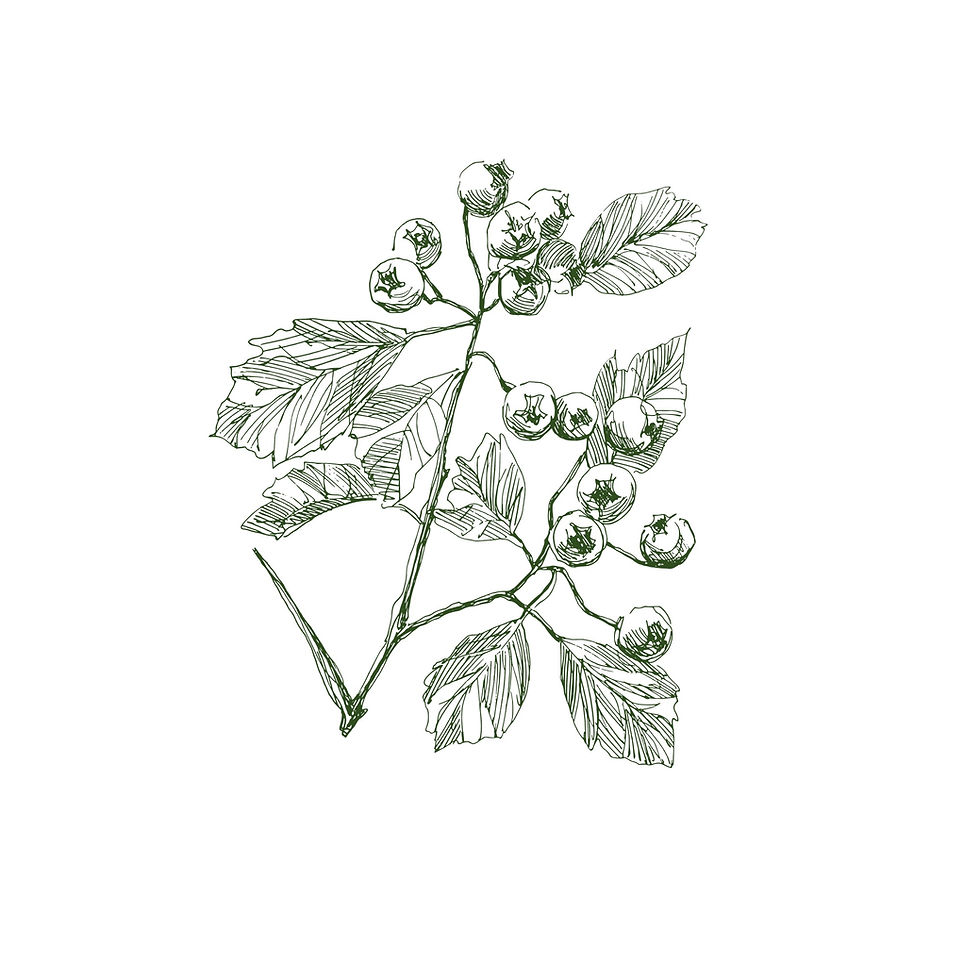Homemade Elderflower Cordial -
- felichiccuisine

- May 18, 2024
- 4 min read
Updated: May 5
The Smell of Summer! With just a handful of ingredients and simple steps, you can enjoy the fresh, floral taste of elderflowers in every sip.

There’s something magical about making Elderflower Cordial during elderflower season. By infusing fragrant elderflower blossoms in a sweet, tangy lemon syrup, you create a refreshing drink that’s perfect for any occasion.
Its delicate aroma and light flavor bring the joy of summer into your glass, evoking warm memories and timeless charm.
Whether enjoyed on its own, mixed with sparkling water, or added to creative cocktails, homemade elderflower cordial is a delightful summer favorite.

Where Can You Find Elderflowers - Sambucus Nigra?
Elderflowers truly embody the scent of summer. These fragrant blooms typically grace us with their presence from late May to mid-June, depending on your location.
To find elderflowers for making cordial syrup, you have a few options:
Foraging:
Elderflowers often grow wild in various regions, especially in temperate climates. Look for them in hedgerows, along the edges of forests, or near streams.
Make sure you're confident in your identification skills, as you want to be certain you're picking elderflowers and not a similar-looking, but potentially toxic, plant.

Farmers' Markets:
Local farmers' markets often have vendors selling fresh produce, including elderflowers when they're in season. This can be a convenient option if you don't have time to forage or if elderflowers aren't readily available in your area.
Specialty Grocery Stores:
Some specialty grocery stores, particularly those focused on organic or locally sourced products, may carry elderflowers during the peak season.

How to Identify Elderflowers: A Quick Guide
Appearance: Elderflowers have a unique appearance that sets them apart. They are small, creamy-white flowers arranged in flat-topped clusters known as "umbels."
Each flower has five petals and a sweet, floral scent. The leaves are opposite each other along the stem and are compound with 5-7 leaflets.
Distinctive Scent: One of the easiest ways to identify elderflowers is by their fragrance. They have a sweet, slightly musky aroma that is unmistakable once you've encountered it. Take a moment to sniff the flowers as you approach them.

Tips for Picking Your Own Elderflowers
Piking time: Elderflowers are at their freshest and most fragrant in the first few weeks of June. Harvest them on a dry day when the flowers are fully open and fragrant.
Choose the right location: Avoid picking elderflowers from roadsides or areas with high pollution levels. These flowers have a tendency to absorb fumes from passing vehicles, which can affect their quality.
Seek out aromatic crowns: Look for elderflower clusters with dense crowns. These are the ones that have fully opened. The more aromatic the flowers, the more flavorful your cordial will be.
Select unblemished blossoms: When picking elderflowers, prioritize those that are large and free from any blemishes or discoloration. Wilted or browned flowers may have a bitter taste and could negatively impact the final outcome of your recipes.
However, remember to gather only what you need, ensuring that you don't over-harvest and harm the surrounding wildlife habitat. Respecting and preserving the environment should always be a priority.

Natural Fermentation Recipe
I made this elderflower cordial using my grandmother's ancient recipe, relying on natural fermentation and sunlight.
I gently shook fresh elderflowers to remove insects, then combined them with sugar (or honey) and sliced lemons in a container.
After pouring cooled simple syrup over the mixture, I covered it and let it ferment in the sun for a week, stirring occasionally.
Once strained and bottled, the result was a naturally sweet, non-alcoholic drink, bursting with elderflower, lemon, and honey flavors, enhanced by the warmth of the sun.

Preparing the Cordial Elderflower
Make the Syrup:
In a large pan, over low heat, combine the sugar or honey, water, juice and zest of 1 lemon, until the sugar or honey dissolves, stirring constantly.
Don’t bring to a boil! It will kill the bacteria needed for fermentation. When the sugar has dissolved completely, remove from heat and let cool to room temperature.

Inspect for Insects & Remove green stems:
Before using the elderflowers, gently shake the elderflower blossoms to remove any insects, or briefly rinse them with cold water to wash away debris.
Be sure to remove all green stems, keeping only the small flowers, as the stems and leaves are toxic.

Cut the lemon into slices.

Flowers, Lemons, and Syrup
In a large glass jar, alternate a handful of flowers with a few slices of lemon, and top the last layer of flowers with lemons. Pour the syrup over the elderflowers and lemon. Stir well.

Cover with a clean cloth and leave to macerate for 2-3 days in a warm-suny place, stirring occasionally.

Store Properly: Transfer the strained elderflower cordial to clean, sterilized bottles or jars. Store it in the refrigerator for up to several weeks.

Take care to remove any green stems, keeping only the delicate flowers. It's important to note that the green stems can impart a bitter taste, and both the stems and leaves contain toxic components, so it's best to discard them


Enjoy!

Have you tried making this Elderflower Cordial? I'd love to hear about your experience! Share your thoughts and any creative twists you added to the recipe in the comments below. Or, tag me on Instagram (@FeliChic'Cuisine) when you post your recipe creations. Let's inspire each other. Thank You!
*All Photographs on Feli Chic'Cuisine, signed Feli Chic'Cuisine are copyrighted.

















































Comments